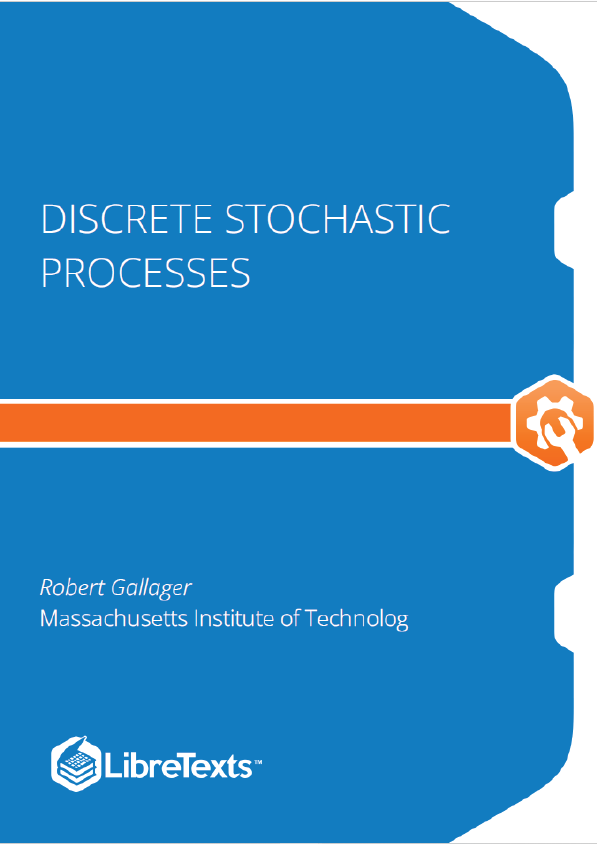Probability Models
Probability Models
Probability theory is a central field of mathematics, widely applicable to scientific, technological, and human situations involving uncertainty. The most obvious applications are to situations, such as games of chance, in which repeated trials of essentially the same procedure lead to differing outcomes. For example, when we flip a coin, roll a die, pick a card from a shuffled deck, or spin a ball onto a roulette wheel, the procedure is the same from one trial to the next, but the outcome (heads or tails in the case of a coin, one to six in the case of a die, etc.) varies from one trial to another in a seemingly random fashion.
For the case of flipping a coin, the outcome of the flip could be predicted from the initial position, velocity, and angular momentum of the coin and from the nature of the surface on which it lands. Thus, in one sense, a coin flip is deterministic rather than random and the same can be said for the other examples above. When these initial conditions are unspecified, however, as when playing these games, the outcome can again be viewed as random in some intuitive sense.
Many scientific experiments are similar to games of chance in the sense that multiple trials of apparently the same procedure lead to results that vary from one trial to another. In some cases, this variation is due to slight variations in the experimental procedure, in some it is due to noise, and in some, such as in quantum mechanics, the randomness is generally believed to be fundamental. Similar situations occur in many types of systems, especially those in which noise and random delays are important. Some of these systems, rather than being repetitions of a common basic procedure, are systems that evolve over time while still containing a sequence of underlying similar random occurrences.
This intuitive notion of randomness, as described above, is a very special kind of uncertainty. Rather than involving a lack of understanding, it involves a type of uncertainty that can lead to probabilistic models with precise results. As in any scientific field, the models might or might not correspond to reality very well, but when they do correspond to reality, there is the sense that the situation is completely understood, while still being random.
For example, we all feel that we understand flipping a coin or rolling a die, but still accept randomness in each outcome. The theory of probability was developed particularly to give precise and quantitative understanding to these types of situations. The remainder of this section introduces this relationship between the precise view of probability theory and the intuitive view as used in applications and everyday language.
After this introduction, the following sections review probability theory as a mathematical discipline, with a special emphasis on the laws of large numbers. In the final section of this chapter, we use the theory and the laws of large numbers to obtain a fuller understanding of the relationship between theory and the real world.
Probability theory, as a mathematical discipline, started to evolve in the 17th century and was initially focused on games of chance. The importance of the theory grew rapidly, particularly in the 20th century, and it now plays a central role in risk assessment, statistics, data networks, operations research, information theory, control theory, theoretical computer science, quantum theory, game theory, neurophysiology, and many other fields.











